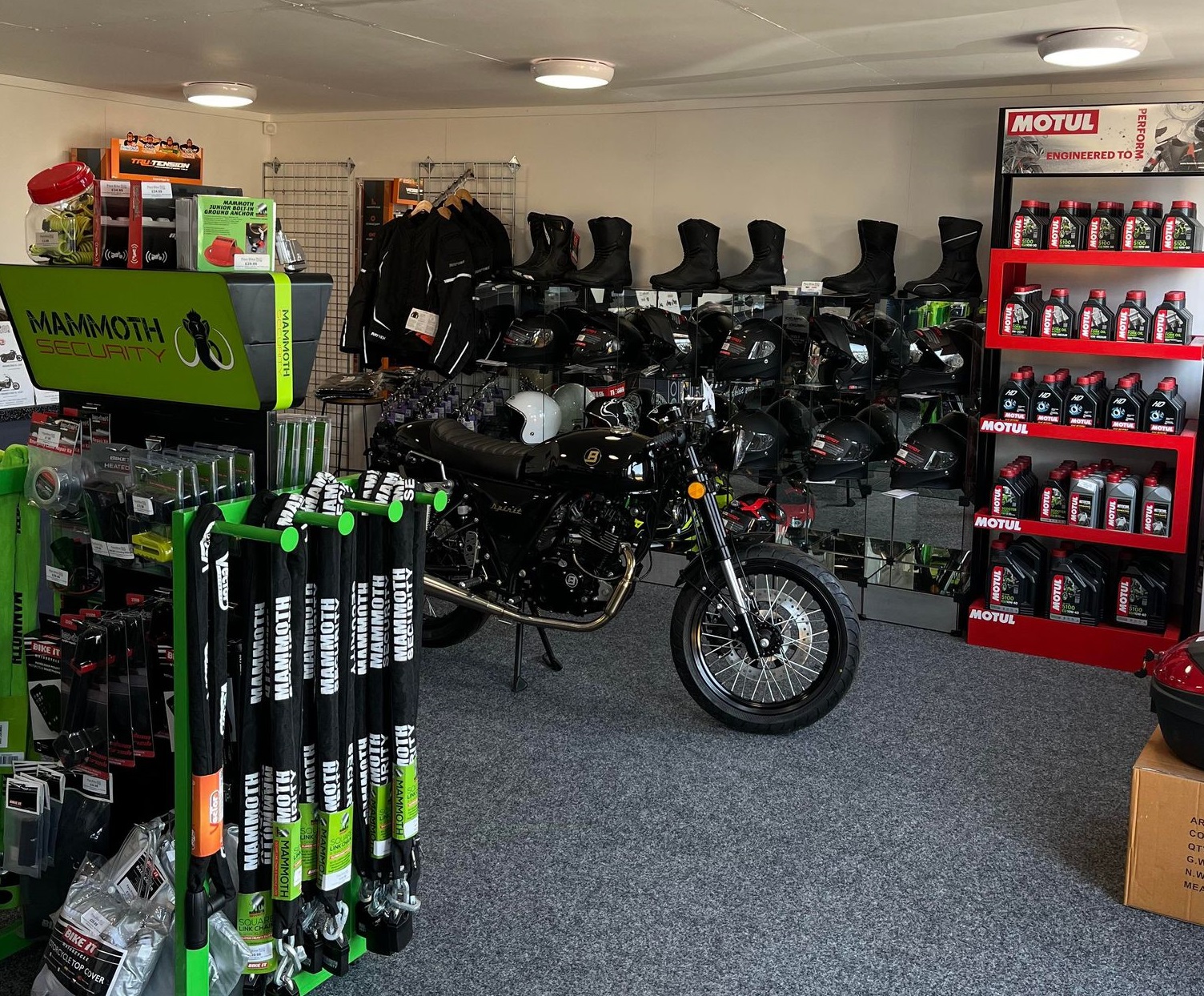Important Motorcycle Parts NZ for Peak Performance and Safety
Important Motorcycle Parts NZ for Peak Performance and Safety
Blog Article
Recognizing the Vital Parts of a Motorcycle: A Comprehensive Overview for Enthusiasts
For motorcycle enthusiasts looking to elevate their riding experience and ensure their bikes run smoothly, comprehending the important parts of a bike is critical. Each aspect, from the engine's intricate workings to the essential function of the braking systems, not only impacts performance however also security and comfort.
Engine Components

The camshaft plays a crucial duty in controlling the timing of the engine's shutoffs, ensuring the exact opening and closing required for reliable fuel and air consumption, as well as exhaust expulsion. This timing is important to maintaining optimum engine performance and effectiveness. In addition, the carburetor or fuel shot system, depending on the bike design, is in charge of mixing air with fuel in the correct proportion for combustion.
The air conditioning system, either air or liquid-based, functions to maintain the engine's temperature level within functional limitations, preventing overheating and ensuring durability - mx gear nz. Each part, thoroughly developed and incorporated, adds to the seamless operation of the engine, defining the motorcycle's power result and total efficiency
Transmission System
Important to the motorbike's functionality, the transmission system makes sure effective power transfer from the engine to the wheels. This system consists of numerous critical parts, consisting of the clutch, transmission, and final drive, each playing an important role in translating the engine's power right into motion. The clutch, normally run by a hand lever, offers to disengage the engine and engage from the transmission, enabling for smooth equipment changes and controlled acceleration.
The gearbox, usually described as the transmission correct, has a collection of gears that riders can by hand shift with to adjust the bike's speed and torque result. These gears are arranged in a series that enables the motorcycle to speed up efficiently and keep ideal engine performance across various speeds. Many bikes use a consecutive transmission, requiring the motorcyclist to shift equipments in a predetermined order.
Braking Mechanisms
While recognizing the transmission system is vital to harnessing a bike's power, equally essential is the capability to manage and quit that power efficiently, which is where braking mechanisms enter into play. Brakes are important for safety and security and efficiency, offering the biker with the necessary control to browse numerous surfaces and problems. Usually, bikes feature two sorts of stopping systems: disc brakes and drum brakes.
Disc brakes are more widespread in modern motorbikes due to their remarkable efficiency. This system uses better heat dissipation, regular efficiency, and enhanced quiting power, especially in wet problems.
Alternatively, drum brakes, though less common, are still discovered in some bikes. They work by pressing brake shoes against the internal surface of a drum affixed to the find wheel. While generally much less effective in heat dissipation and stopping power, drum brakes are simpler and extra cost-efficient.
Comprehending these braking systems' nuances permits cyclists to maintain their bikes effectively and value the design that makes sure efficient and secure quiting.
Suspension and Steering
Suspension and steering systems are vital elements that significantly influence a motorbike's handling and trip comfort. The suspension system, including forks at the front and shock absorbers at the back, takes in road abnormalities, improving stability and control. Front forks, inverted or usually telescopic, compress and rebound to reduce effects, while back shock absorbers maintain tire call with the road, critical for grip and safety and security.
Steering, focused around the handlebars, links the cyclist to the motorcycle's directional control. The steering head bearings guarantee smooth operation, enabling precise ability to move. Correct alignment and maintenance of these bearings are critical for predictable guiding action and lowering motorcyclist exhaustion.
The suspension's adjustability is another critical facet; preload, damping, and rebound settings permit modification to match different riding styles and problems. This flexibility is crucial for optimizing efficiency, whether navigating urban roads or dealing with rugged tracks. Advancements like electronic suspension systems offer real-time changes, enhancing trip top quality across diverse surfaces.

Electric Systems
After making certain a controlled and smooth ride with efficient suspension and guiding systems, attention transforms to the electrical systems, an essential aspect of modern-day motorcycles. These systems play a critical function not just in starting the engine yet also in powering numerous components that improve the functionality and safety of the motorbike.
At the heart of a motorbike's electrical system is the battery, which stores electric power necessary for starting the engine and powering complementary systems - mx gear nz. The alternator or generator, combined with the rectifier-regulator, makes certain the battery remains charged while the motorbike is in procedure, transforming power right into electrical energy and keeping voltage levels
The ignition system, an additional vital component, is accountable for igniting the air-fuel blend in the engine's cyndrical tubes. Modern bikes studded dirt bike tires often utilize an electronic ignition get redirected here system, providing higher performance and reliability compared to standard systems.
Lights systems, consisting of fronts lights, tail lights, and indications, are additionally essential, ensuring visibility and safety for the rider. Additional electronic components such as sensors, control units, and displays contribute to innovative features like gas injection monitoring, anti-lock stopping systems (ABDOMINAL MUSCLE), and digital dashboards, better improving the riding experience.
Final Thought
A thorough comprehension of a motorcycle's crucial parts, consisting of the engine, transmission system, stopping mechanisms, suspension, guiding, and electric systems, is vital for lovers aiming to enhance efficiency, comfort, and safety and security. Proficiency of these elements enables informed choices relating to maintenance and upgrades, eventually enhancing the riding experience. By incorporating this understanding, riders can guarantee their motorbikes run at peak effectiveness and integrity, consequently optimizing both pleasure and longevity of their automobiles.
For bike enthusiasts looking to raise their riding experience and guarantee their bikes run efficiently, comprehending the important elements of a bike is paramount.Important to the bike's capability, the transmission system ensures efficient power transfer from the engine to the wheels.While understanding the transmission system is essential to using a motorcycle's power, equally vital is the ability to control and stop that power properly, which is where stopping systems come right into play. Typically, motorcycles include two types of braking systems: disc brakes and drum brakes.
A detailed comprehension of a bike's important elements, including the engine, transmission system, braking mechanisms, suspension, guiding, and electrical systems, is essential for lovers aiming to enhance performance, convenience, and safety.
Report this page